Healthy for people, Healthy for Earth

In small spaces like closets or built-in cabinets, furniture has limited air circulation. This furniture also acts as heat insulation, reducing the temperature of the wall behind it and resulting in higher humidity.
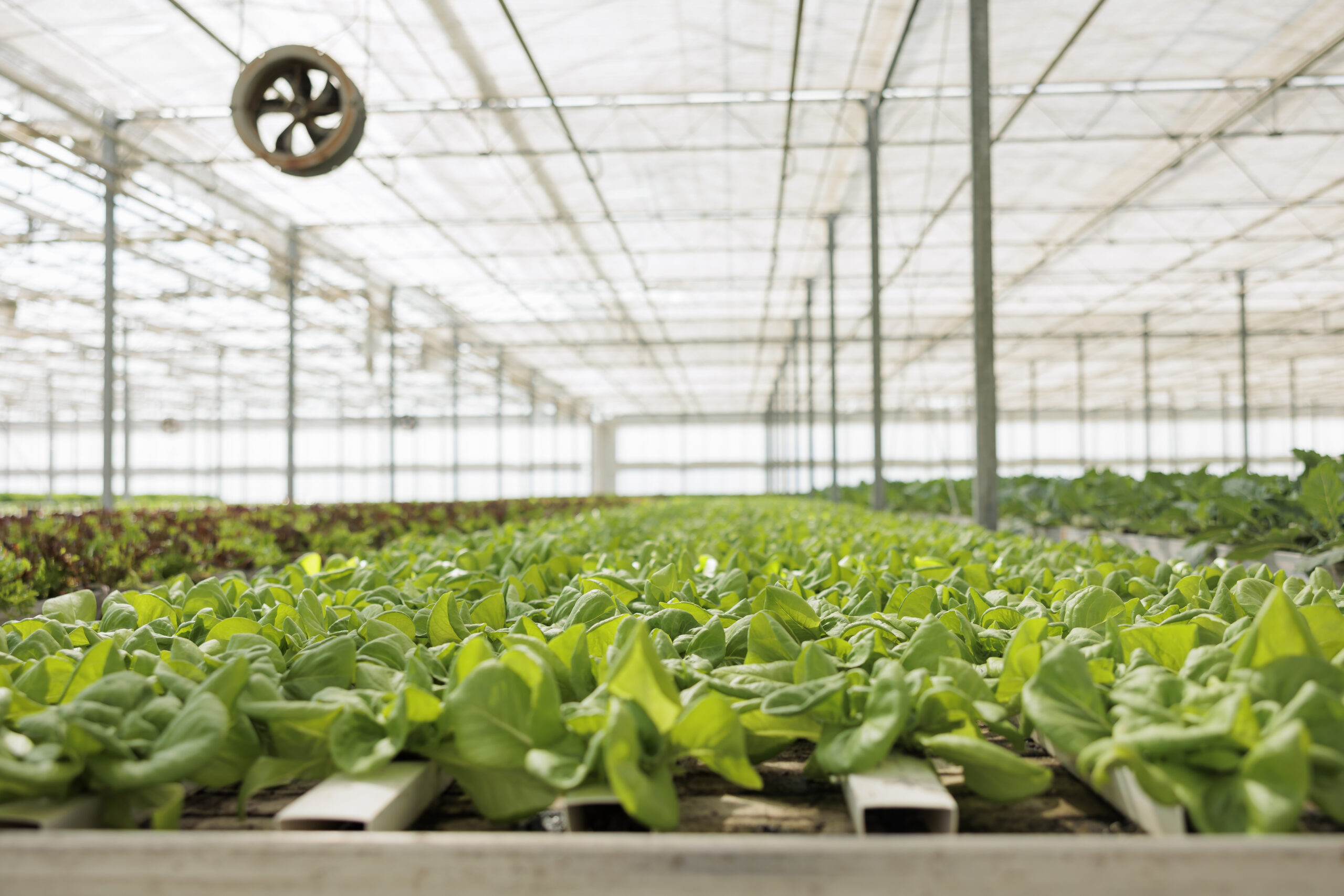
Smart farms have high humidity levels due to transpiration. In summer, particularly when outside humidity is also high, the ventilation system alone cannot effectively reduce the humidity inside.

In areas where low humidity is essential, such as food processing facilities, fresh food storage, or logistics warehouses, it is crucial to control both temperature and humidity levels. Humidity from outside the building can enter through ventilation systems or leaks in the structure. This can lead to condensation or frost, which negatively impacts the manufacturing process and storage conditions.
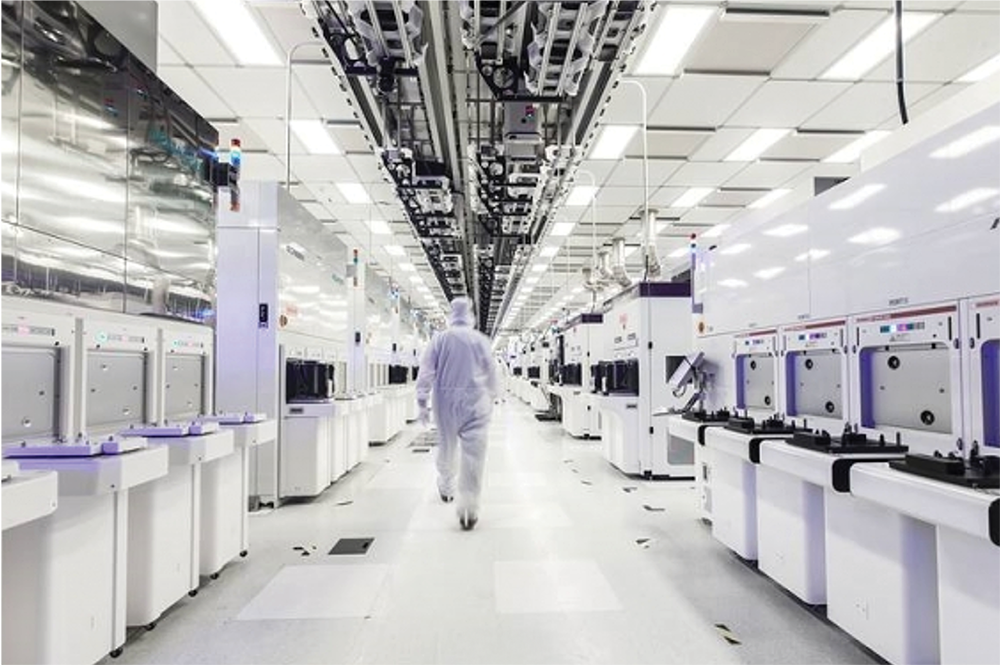
The storage area for specific products needs to control optimal humidity, such as capsules or semiconductors.
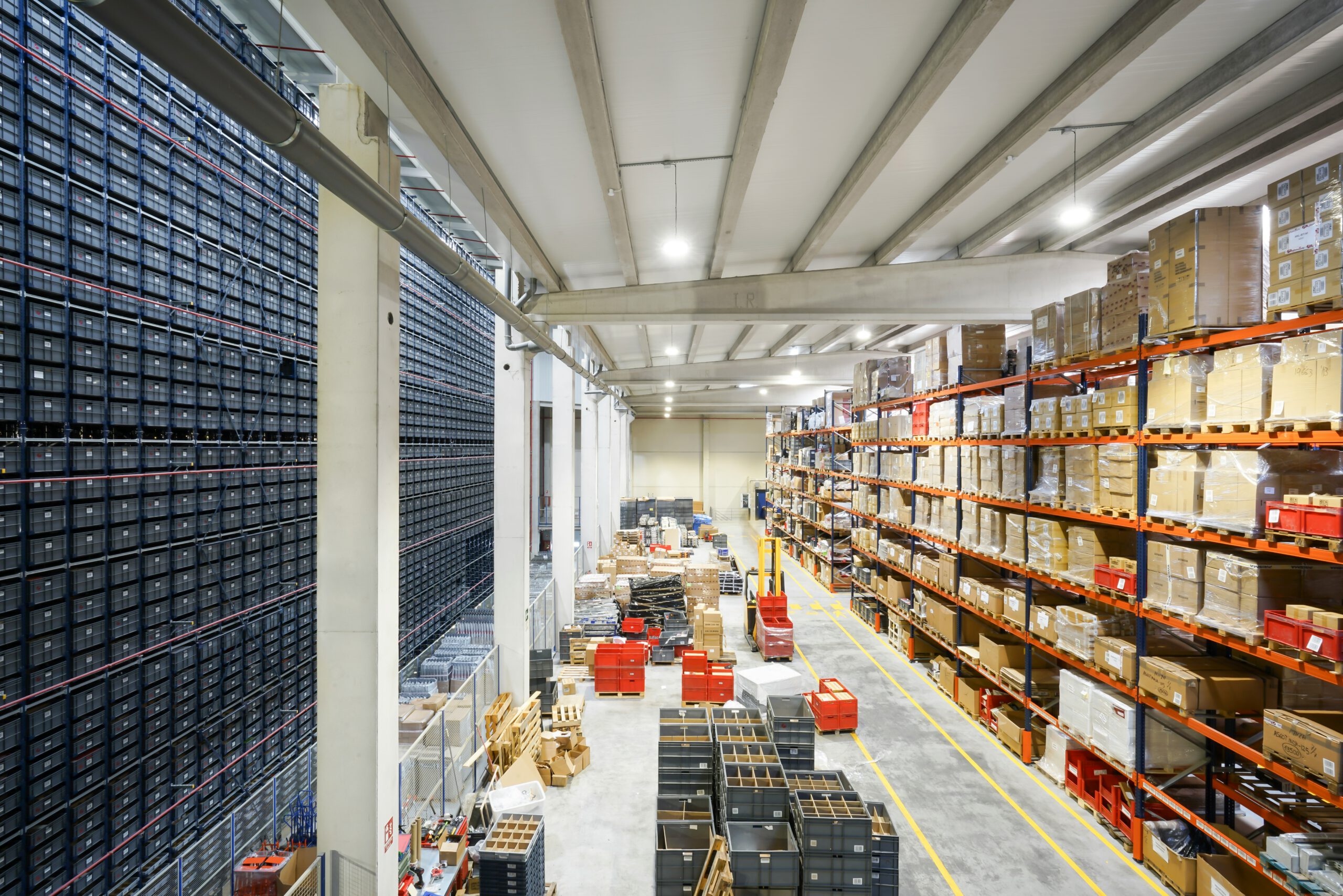
Humidity control is more critical than temperature control because it affects the quality and condition of stored products.

단열 및 기밀 성능 강화하여 냉난방 에너지 부하 최소화합니다. 실내 온도 적정하나 습도 과도합니다.
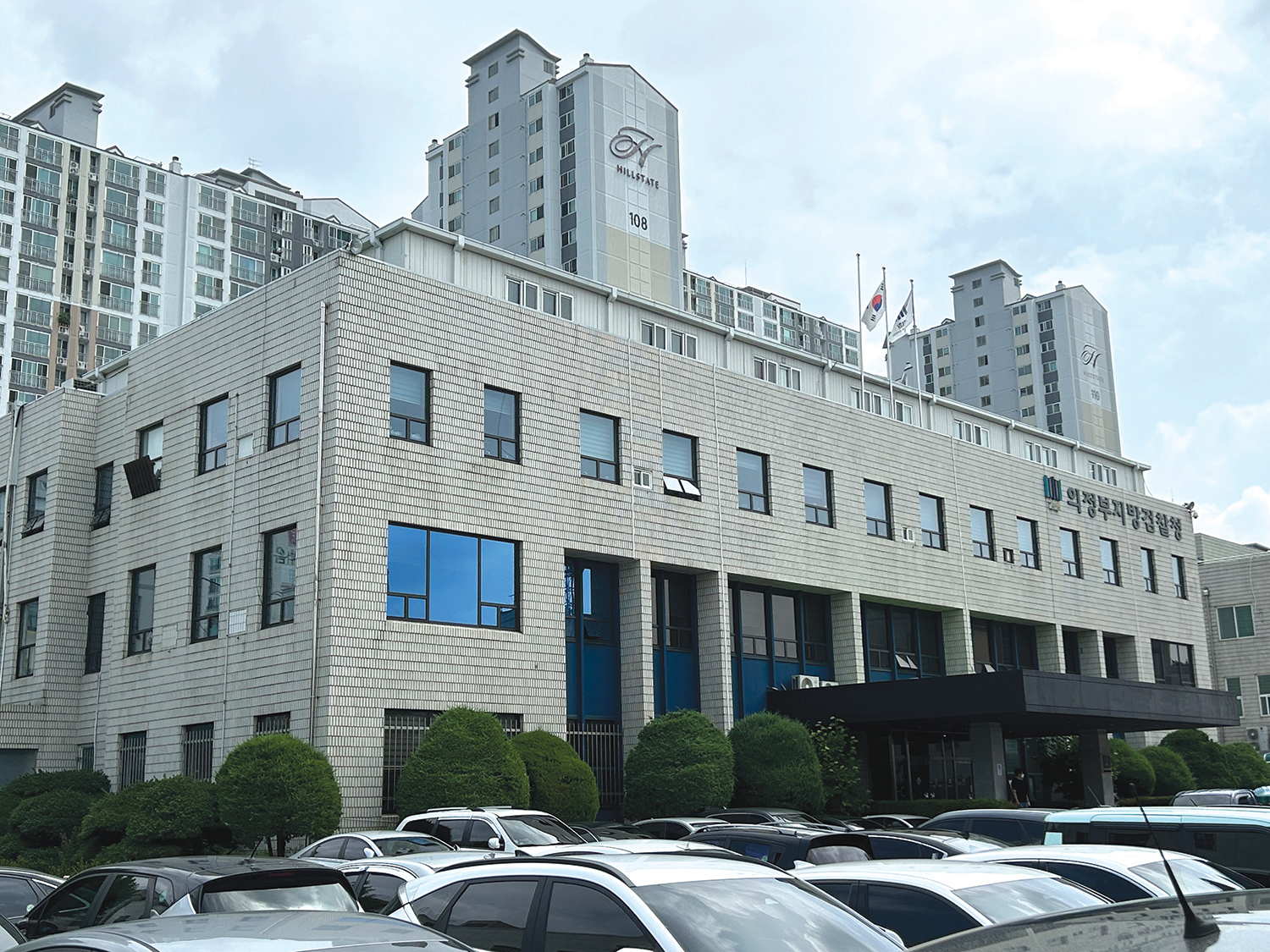
In government offices, regulations for building temperature control aimed at energy efficiency are enforced. During summer, if the temperature is set at 28°C, the relative humidity would increase to 70%, resulting in an uncomfortable working environment.
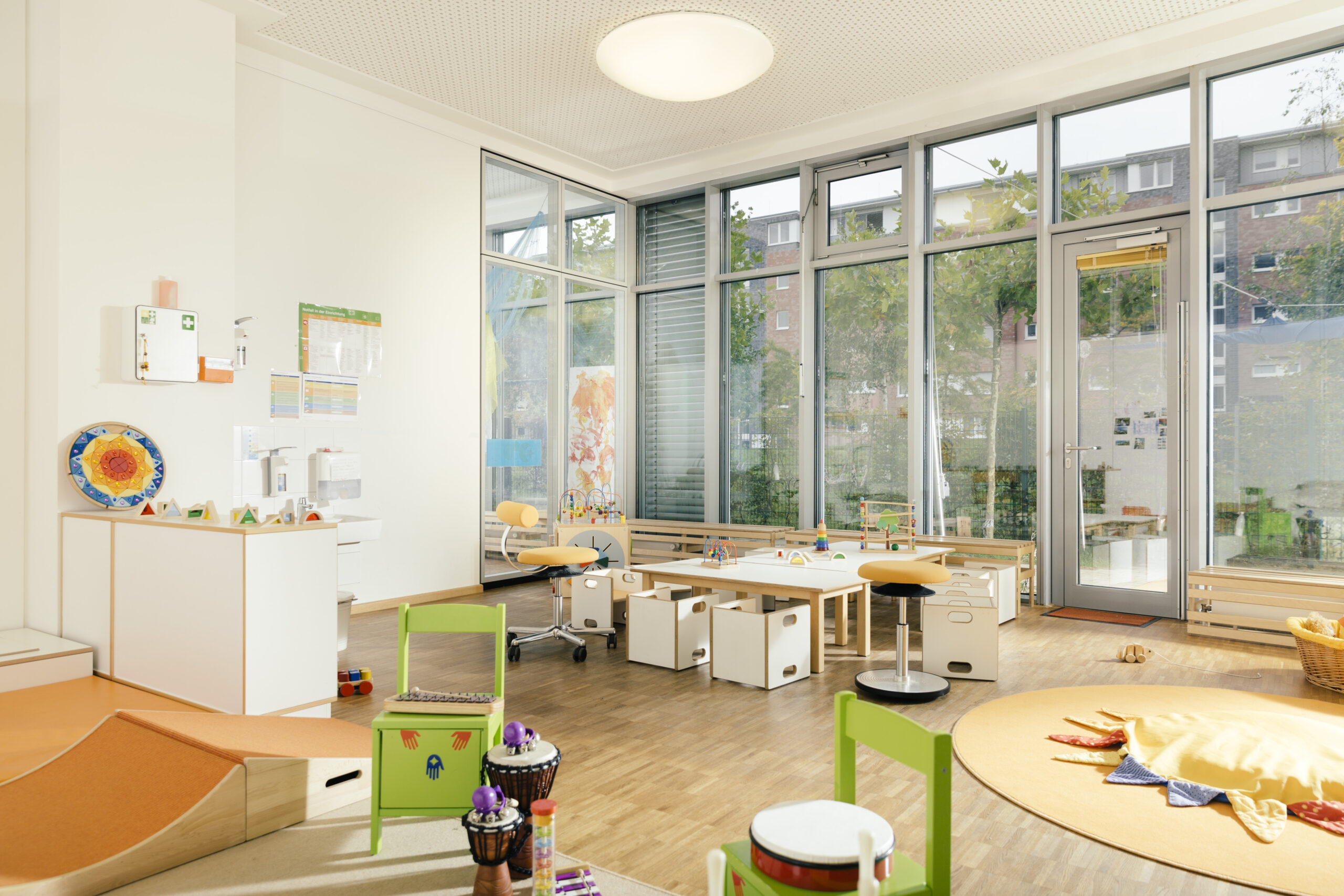
Young children have small bodies. With smaller body surface area, they struggle to release heat effectively and make it difficult for them to maintain an optimal body temperature. Therefore, children are sensitive to external temperatures and air conditions. It is essential to set appropriate temperature inside learning centers.
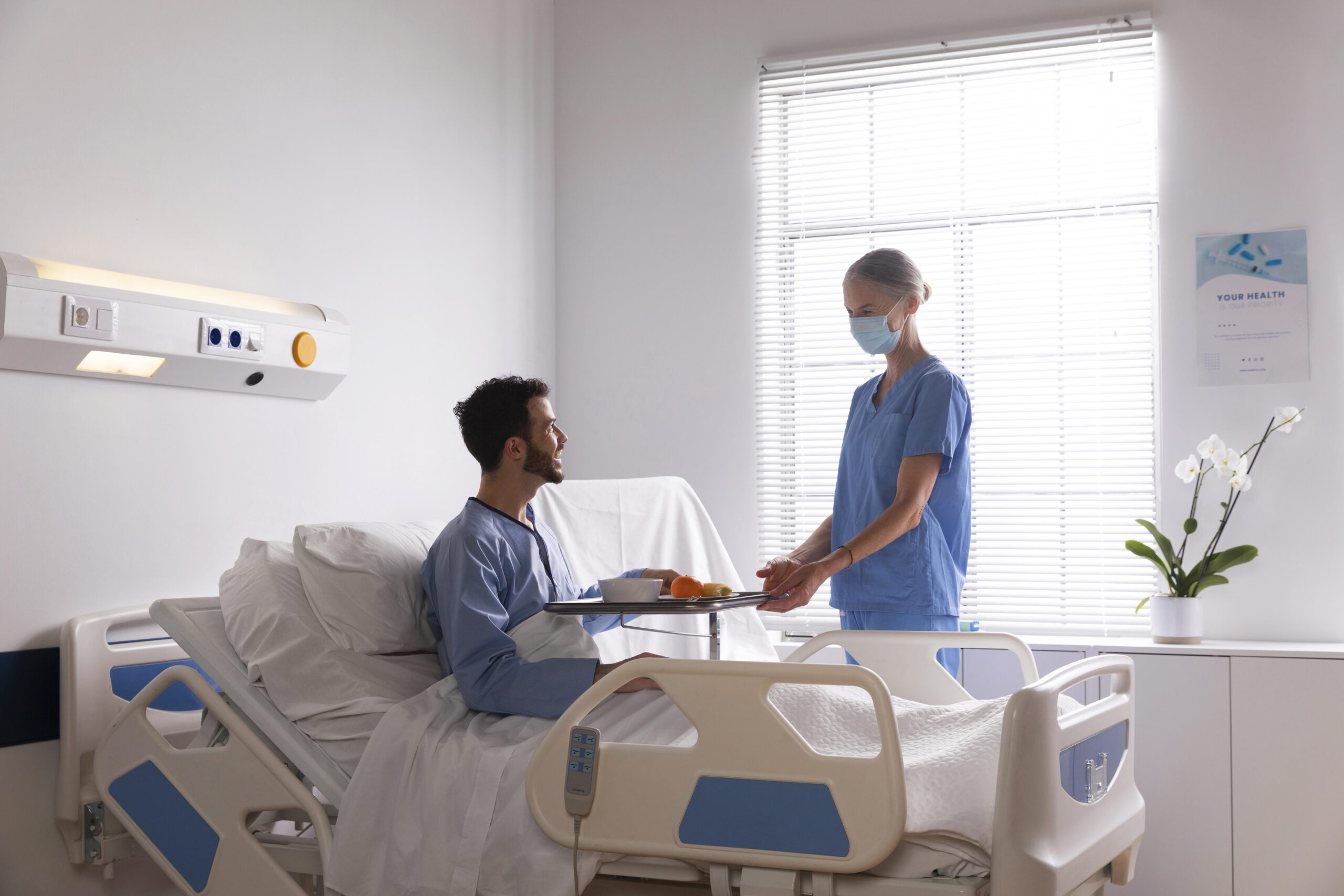
The patient has limited movement, resulting in low metabolism and a quick reaction to temperature changes. Therefore, an efficient ventilation system is necessary to maintain a comfortable indoor environment.

This space has a high density of people, making an efficient ventilation system necessary. In the summer, especially, the temperature inside can be uncomfortable where it is too hot or too cold and obstruct the learning.

재실밀도 높은 공간, 환기 요구량 큽니다. 여름철 실내는 덥거나 아니면 춥거나 둘 중 하나, 적당한 경우가 별로 없습니다.
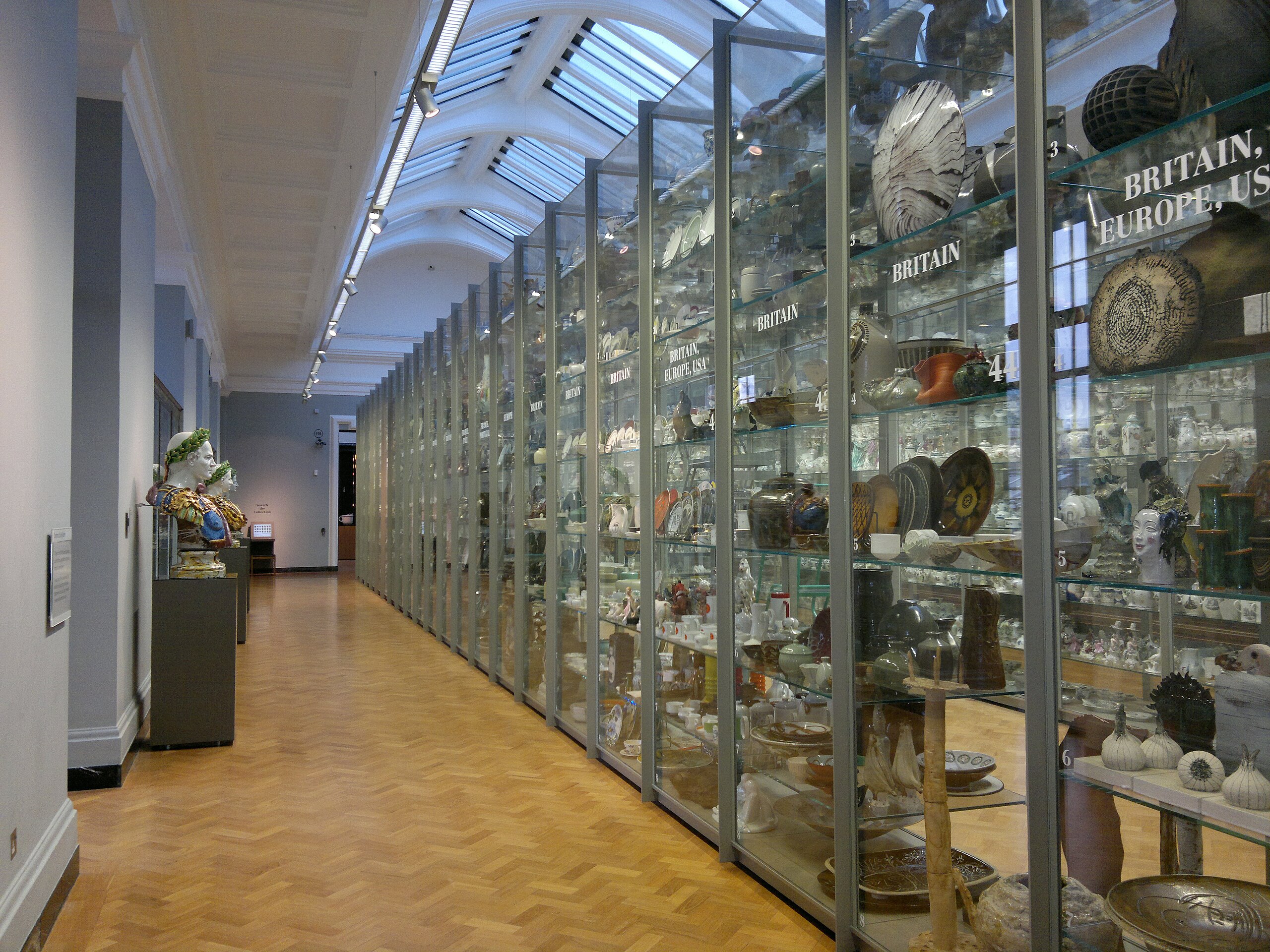
An area where strictly-controlled on humidity is neccessary to create the ideal space for objects and specimen storage. However, the full controlled of humidity results to high energy consumption.
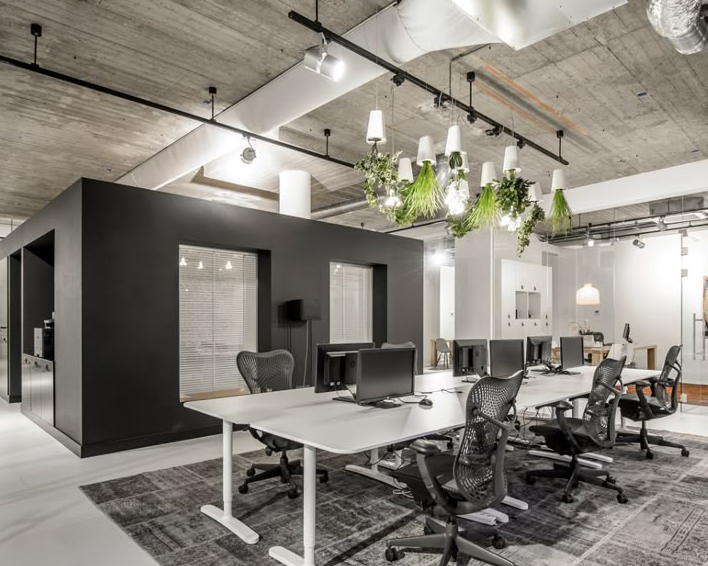
With the underground insulation, it is important to control the optimal temperature. If the air is humid, condensation will occur when the air contact with surface of cold wall. As a result, it accumulated humidity which later grow into mold.
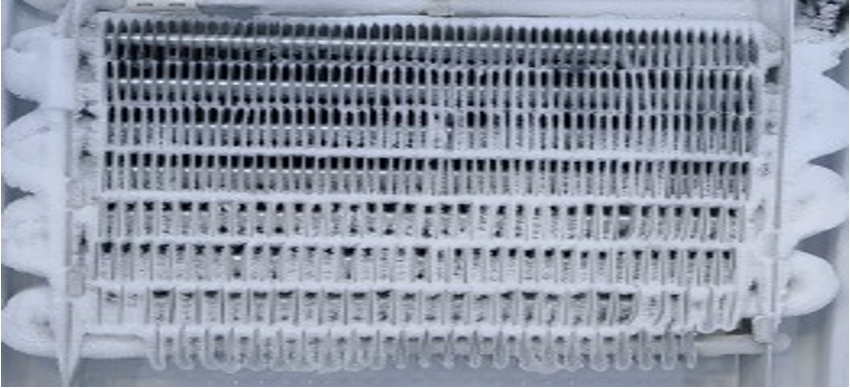
Effective dehumidification with air conditioners requires air cooling. If the indoor temperature is already low, further cooling becomes difficult, reducing dehumidification efficiency and capacity. If the temperature drops below 15°C, freezing can occur in the refrigerant system, potentially causing system failure.

To keep indoor humidity low, air conditioners must dehumidify even in low-humidity conditions. Since dehumidification relies on condensation, which is harder to achieve when humidity is low, the temperature must be lowered excessively. This often causes overcooling, reducing both efficiency and dehumidification performance.
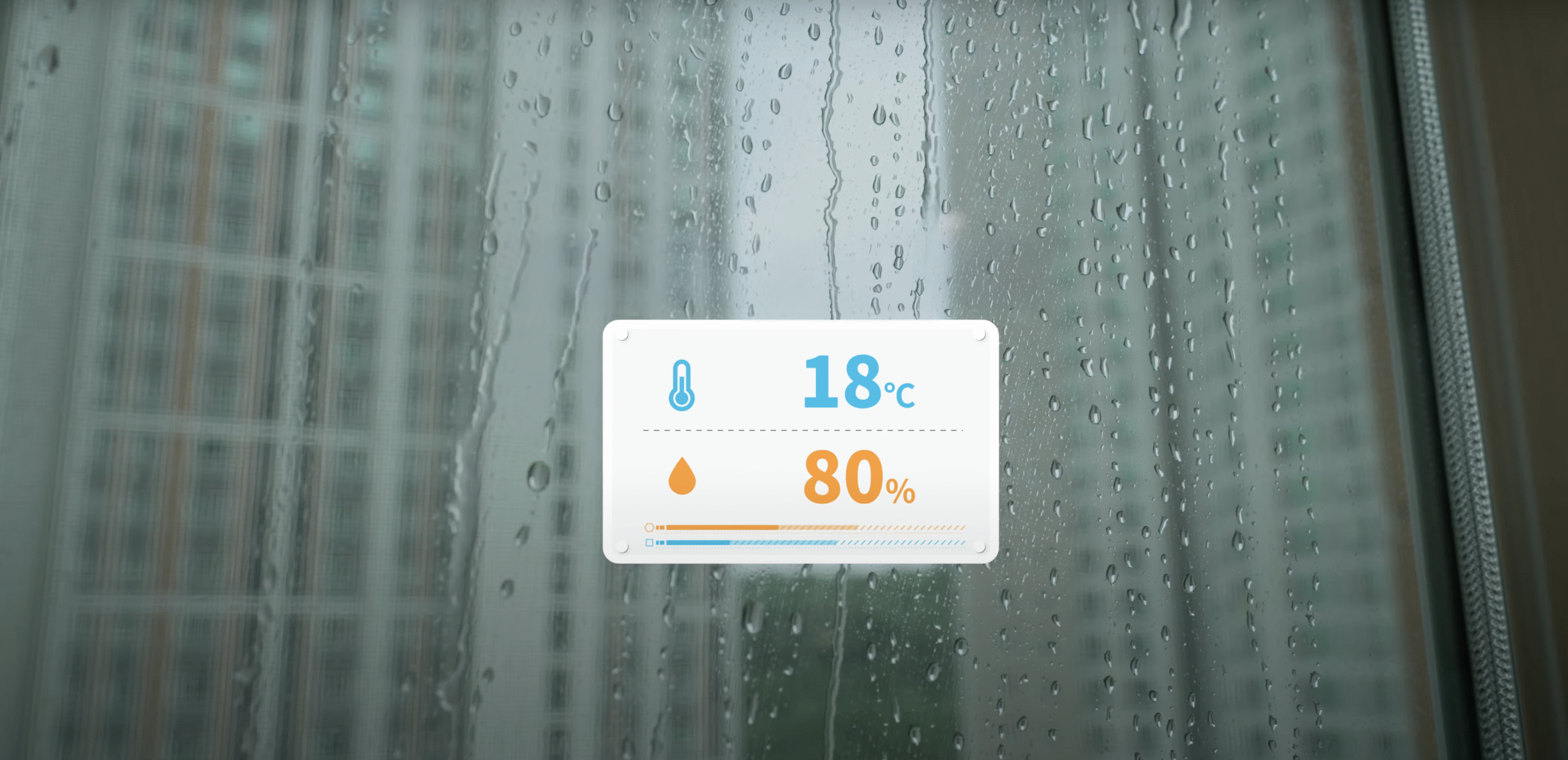
In situations with high humidity but low temperatures like the rainy season, lowering the temperature isn’t needed—removing moisture is more important. However, air conditioners dehumidify by cooling the air, which is why it feels humid when they’re off and uncomfortably cold when they’re on.
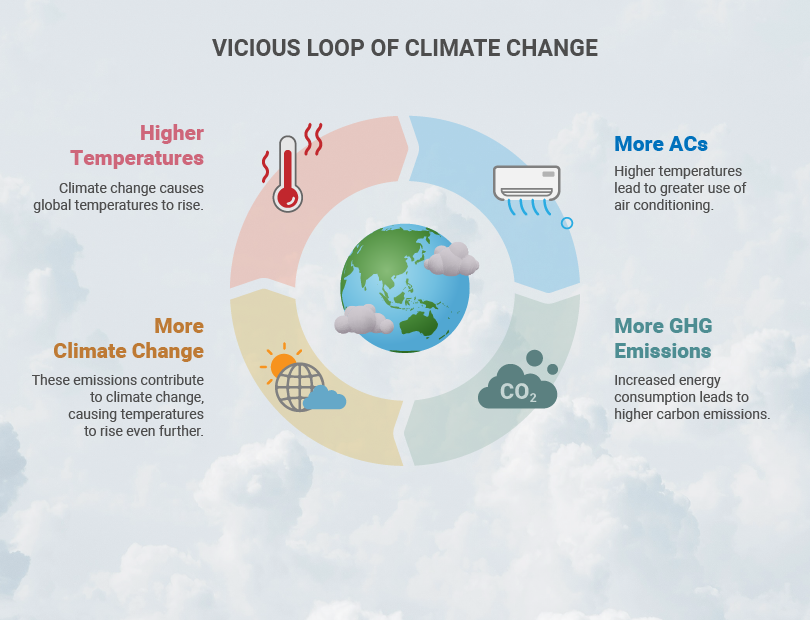
Global warming drives climate change and extreme weather, creating an urgent need to reduce carbon emissions. A vicious cycle has formed: global warming → increases cooling demand → raises energy use → more emissions → worsens global warming. Breaking this cycle requires clean cooling technologies with minimal environmental impact.
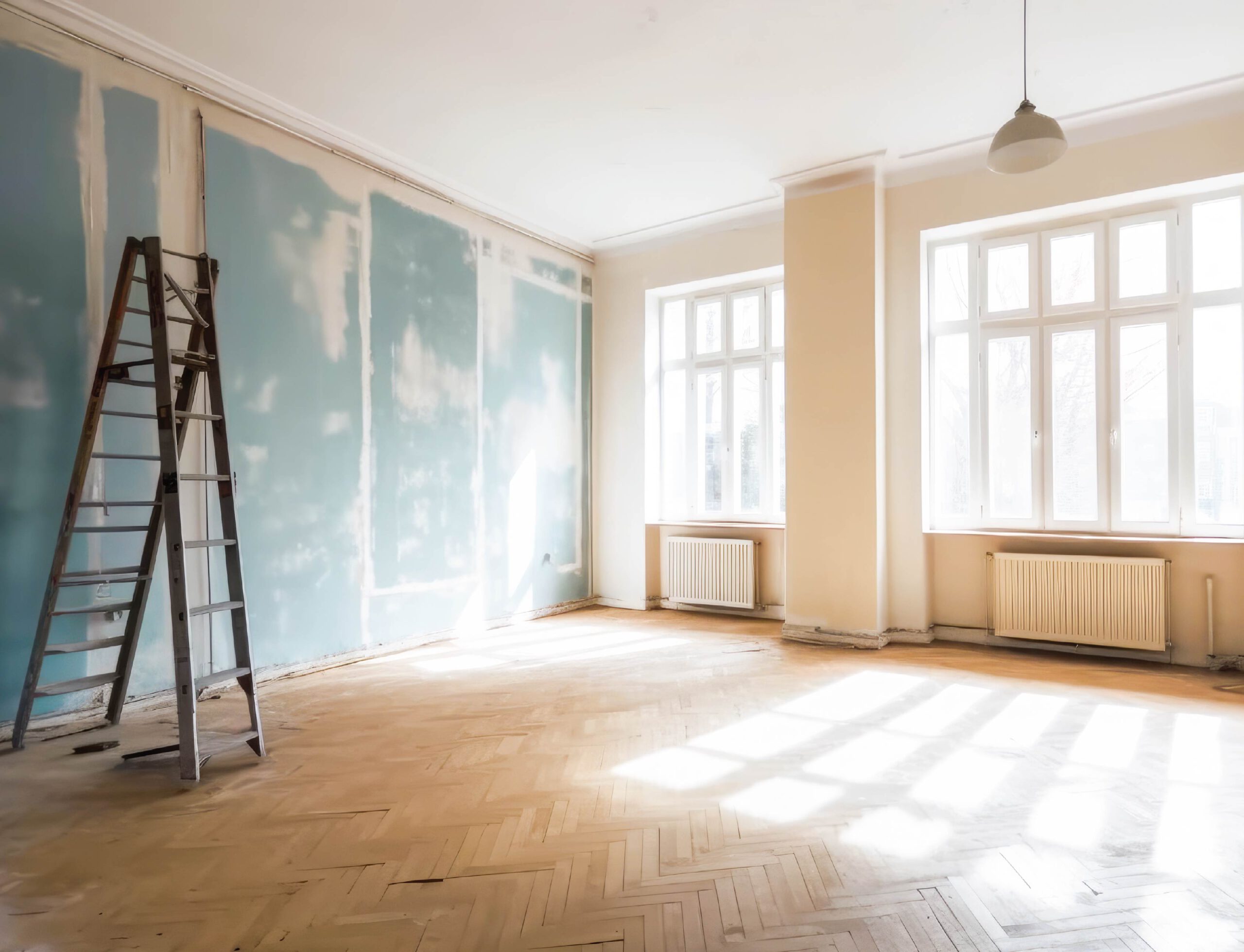
Bad odors are generated from various factors, such as VOCs from interior finishing materials that cause sick house syndrome, odors from cooking, toilets, drains, or damp smells from mold growth in high-humidity environments.
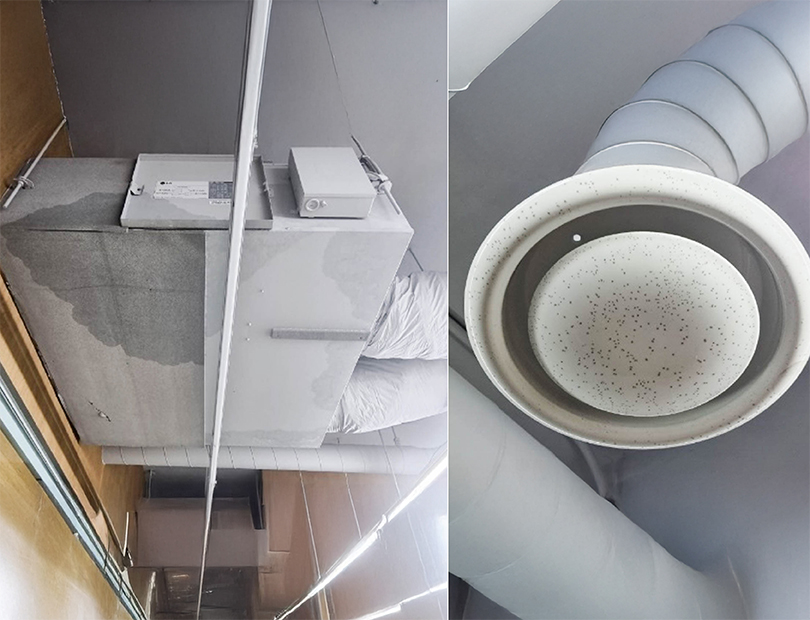
Energy recovery ventilators reduce heat and humidity from outdoor air in summer, helping to lower indoor temperature and humidity. However, conventional models have limited dehumidification, allowing outdoor moisture to enter. This can raise indoor humidity levels, especially with increased ventilation, leading to various problems.
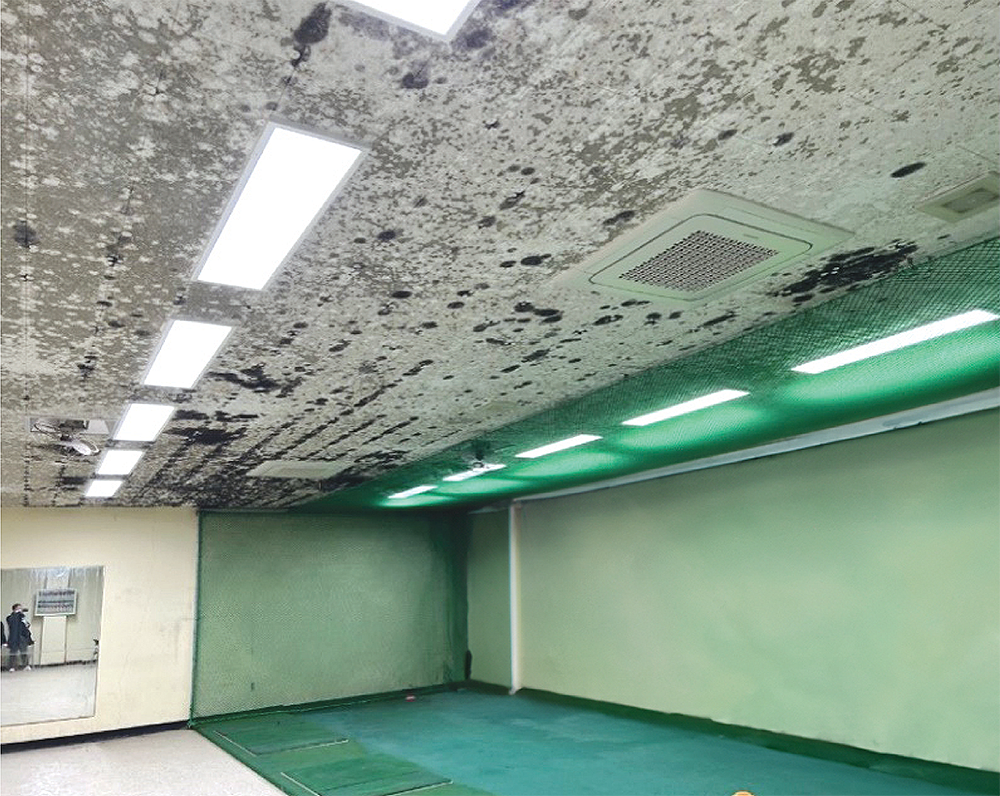
Mold grows in poorly ventilated, high-humidity spaces. It develops when indoor humidity levels exceed 70%, regardless of temperature. As temperatures drop, humidity levels often rise, creating an ideal setting for mold growth—even below 5°C if humidity stays above 80%. This is why mold can appear in refrigerators.
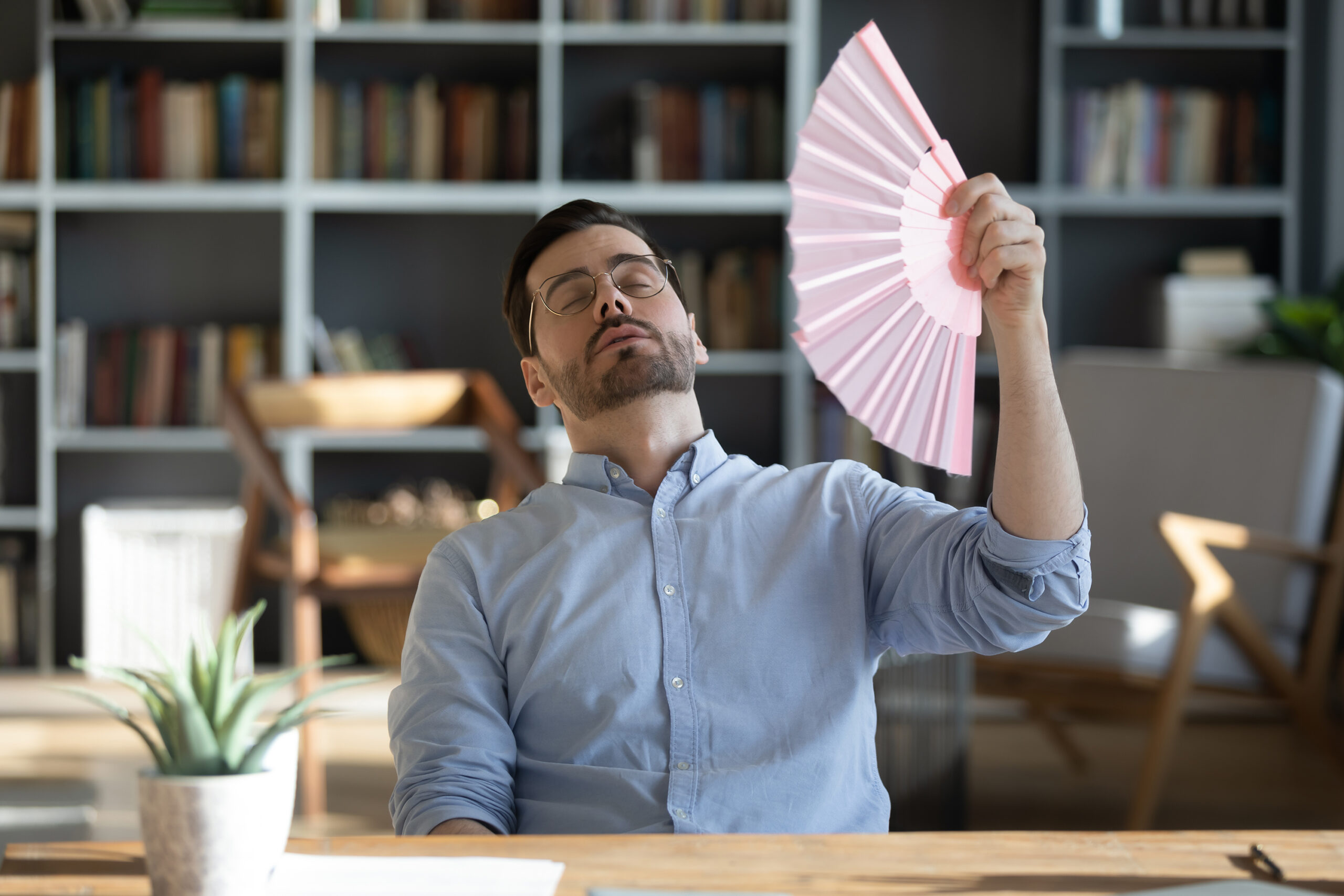
Areas near the air conditioner feel cold, while those farther away feel warm due to limited air circulation. Lowering the fan speed often to reduce noise but weakens airflow in further area, increasing temperature unevenness and overcooling.
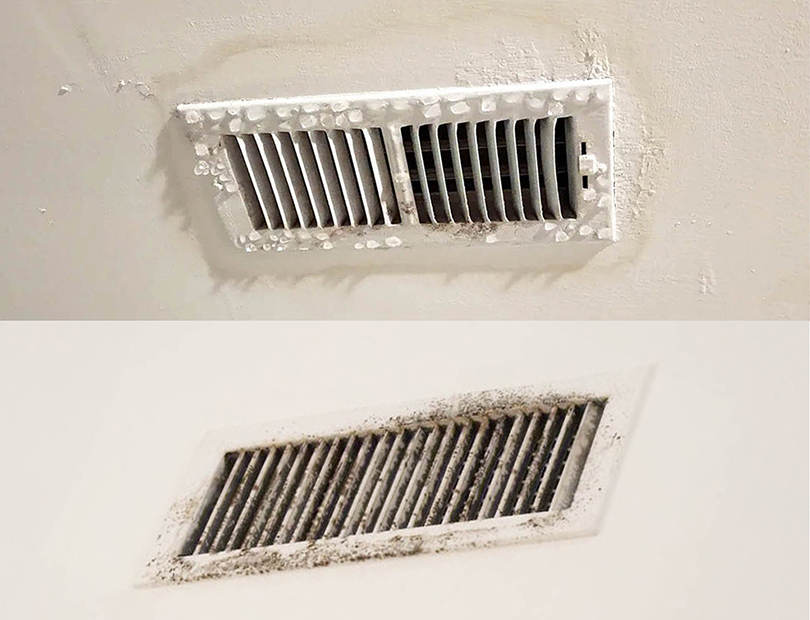
Air conditioners lower humidity by cooling the air, causing condensation on cold surfaces. Without reducing the temperature, condensation—and thus dehumidification—won’t occur. So even if the temperature feels comfortable, lowering it is often necessary to remove moisture, which can lead to overcooling.
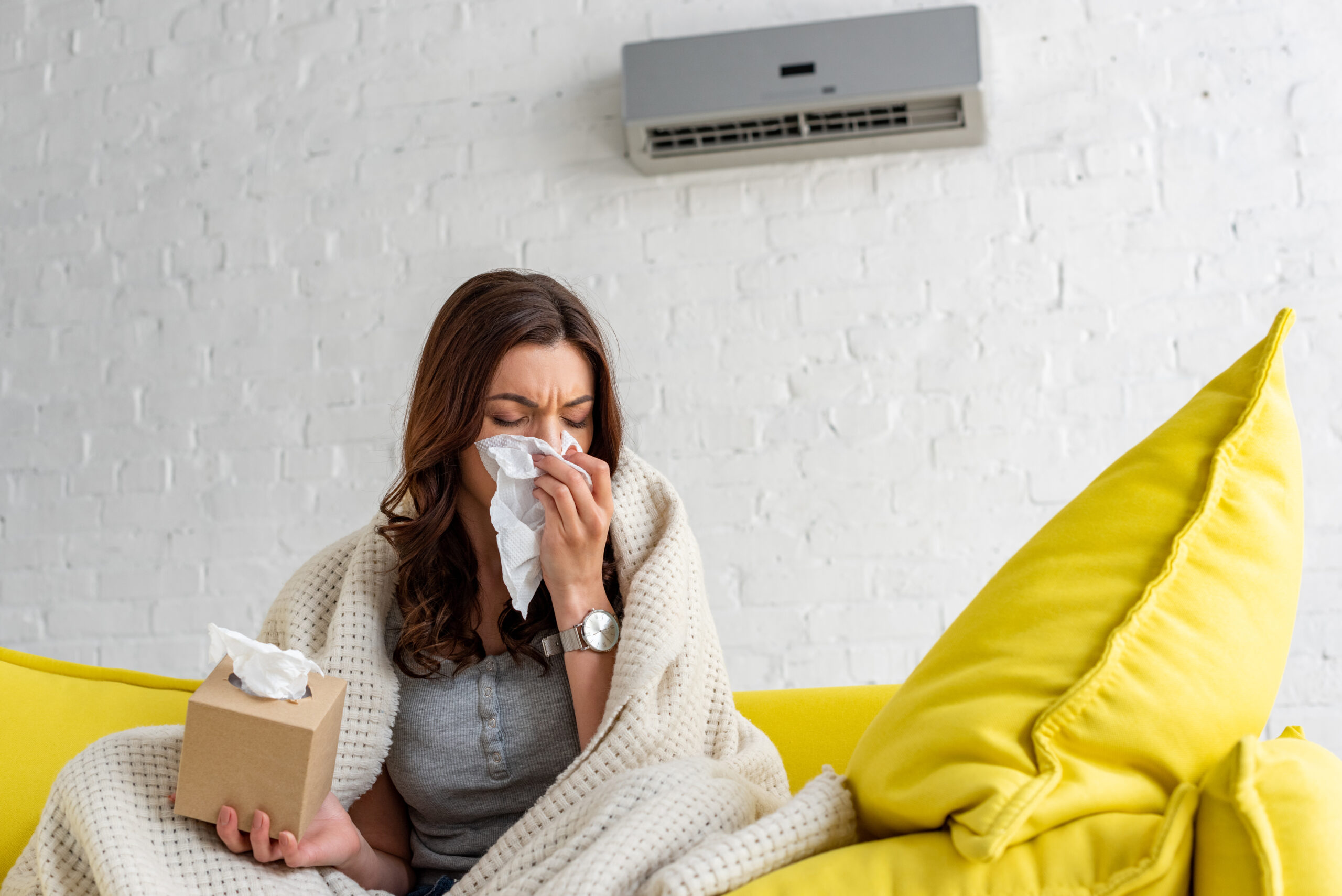
Allergies caused by excessive cold can occur when there's a temperature difference of 5 to 8°C or more between indoors and outdoors—common when indoor are much cooler than outside temperatures above 35°C. In this case, the air conditioner temperature is higher than condensation point, causing high indoor humidity and discomfort. Lowering the temperature further can reduce moisture but may trigger excesstive-cold allergy.
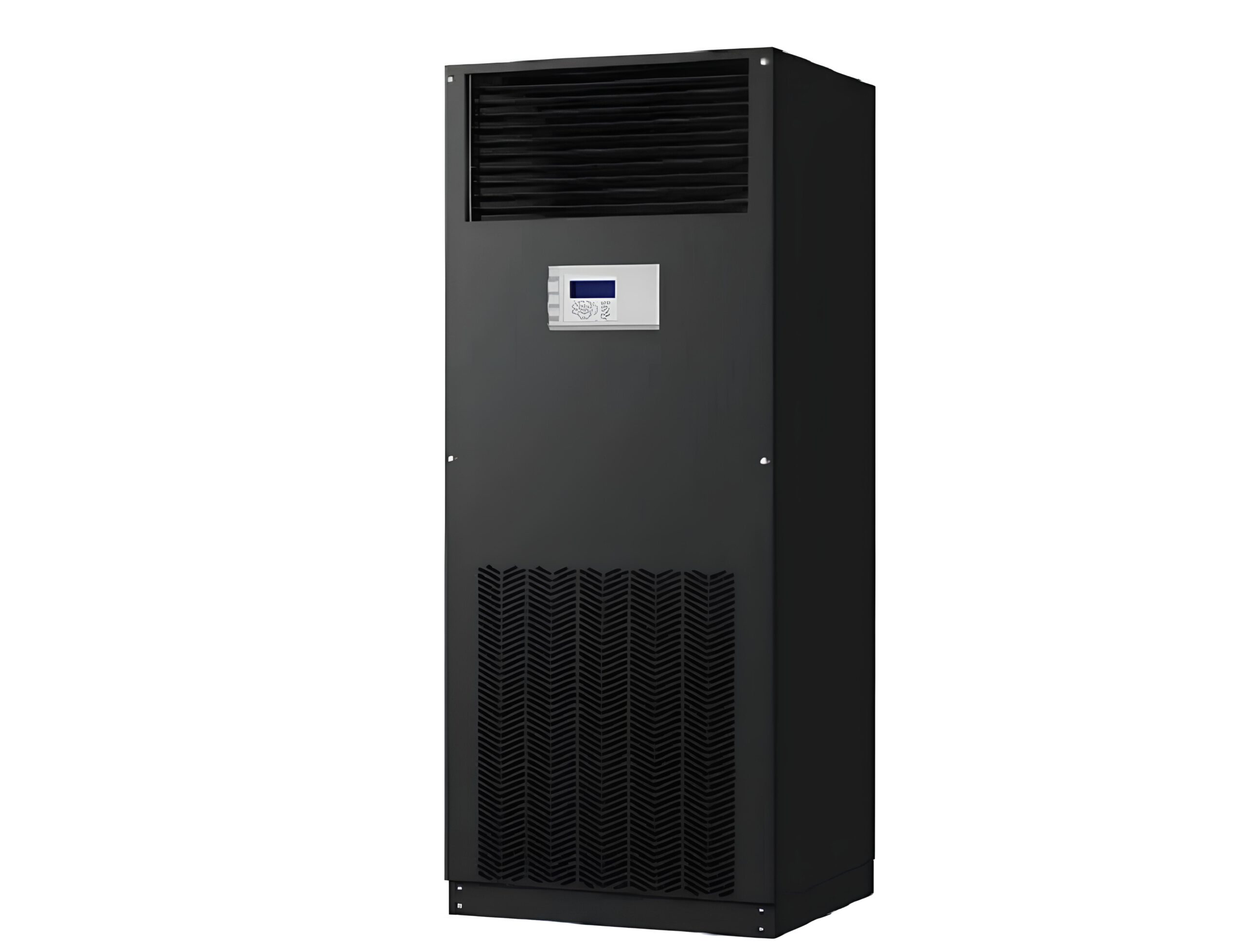
The current system uses refrigerant dehumidification via an air conditioner, followed by reheating with an electric heater to adjust the temperature. Since dehumidification requires cooling the air, reheating is necessary to achieve the desired temperature—but this process consumes a lot of energy, resulting in high electricity costs.

Humaster proposes a new paradigm in indoor air quality management with our innovative hybrid desiccant dehumidification technology.
Our core material, 'Husorb,' delivers five times the dehumidifying power of conventional silica gel. Combined with our hybrid dehumidification control technology, it precisely maintains an optimal 40% relative humidity without altering the indoor temperature. Beyond humidity control, our solution provides powerful deodorization and anti-fungal functions to create a healthier and more pleasant environment. Our technology also provides exceptional efficiency, reducing cooling energy consumption by up to 60%.
Humaster's unparalleled technology is versatile, applicable to a wide range of environments from daily living spaces to advanced industrial sites.
Seoul City Government Testbed Project
11% energy saving comparing to air-conditioner
70% comfortable level
The innovations we create, the stories we share, and the awards we are proud of
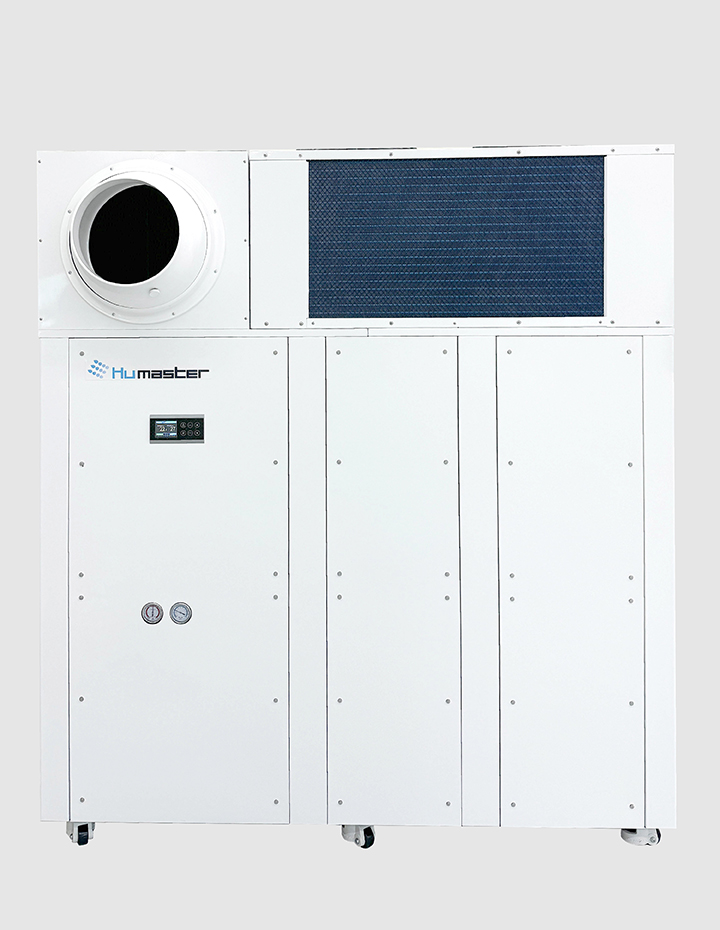

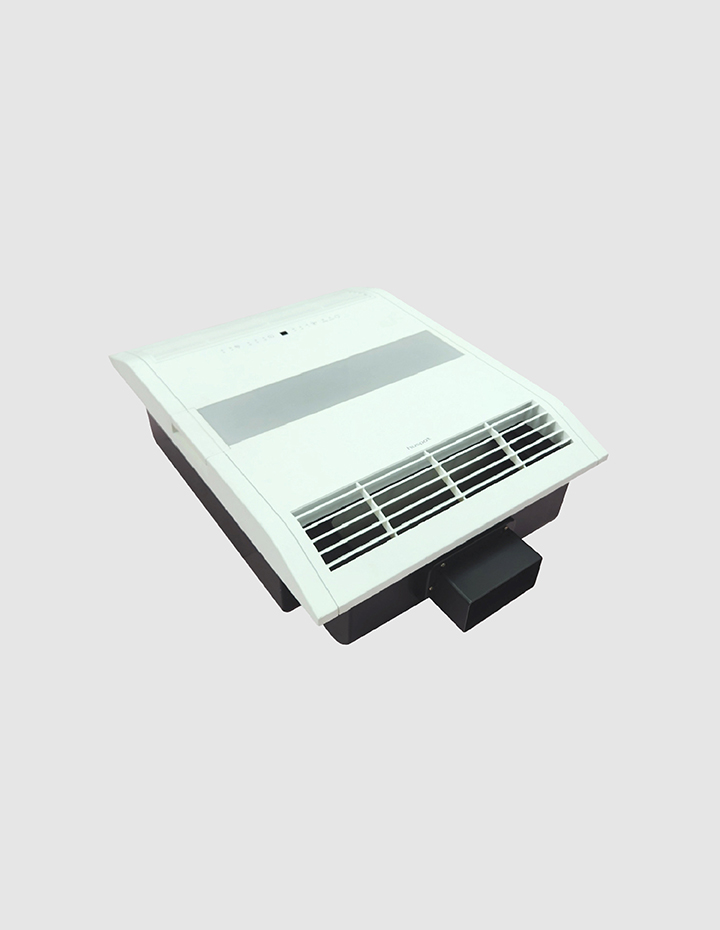
Same temperature, no humidity. Humicon features desiccant technology that helps maintain optimal humidity at 40%. It also includes air purification and ventilation functions, ensuring fresh and clean indoor air.
Huzero is an industrial dehumidifier designed for low-temperature and extremely low-humidity environments to improve factory productivity, offering energy efficiency 60% higher than existing market products.
Husheet is an innovative and patented technology, ultra-slim dehumidifier that can control humidity as well as deodorizing. It also has dehumidifying, deodorizing, antibacterial, and anti-fungal functions.
Protect your valuable clothes and belongings from humidity with Huspot, a desiccant dehumidifier designed specifically for dressing rooms in your home. Huspot effectively removes moisture from bathrooms and other areas using advanced desiccant technology, and safely release the humidity outside. Therefore, it is not neccessary to empty a water tank, install pipes, or worry about water leaks. Huspot can be installed on the ceiling, allowing you to maximize the use of your dressing room space while maintaining an optimal humidity level for your clothes and accessories. Keep your dressing room fresh and humidity-free with Huspot.


